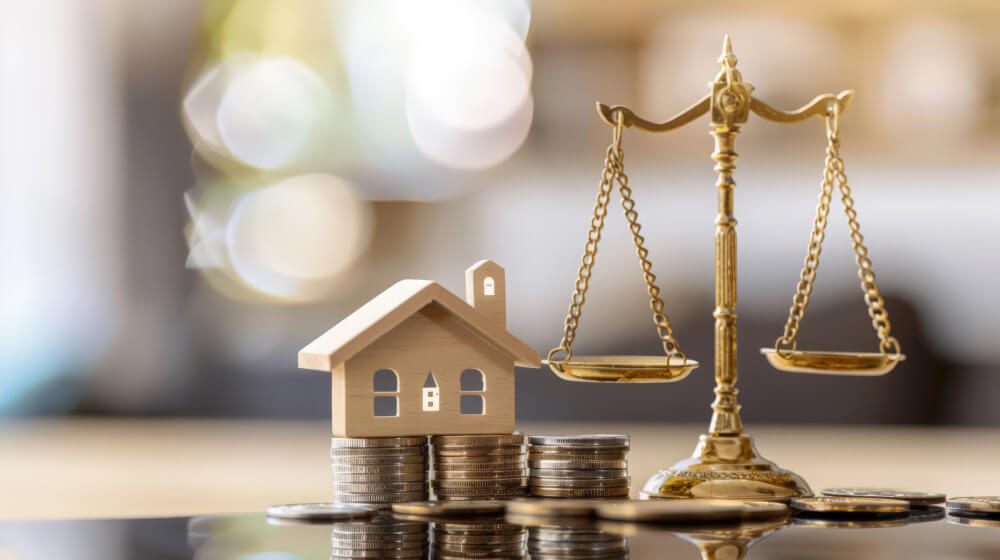1. Recycled Steel
Overview: Recycled steel is an environmentally friendly alternative to traditional steel. It is produced using recycled materials, significantly reducing the need for raw material extraction and minimizing waste.
Key Features:
- Durability: Recycled steel is as strong and durable as traditional steel, making it ideal for structural applications.
- Recyclability: Can be recycled multiple times without losing its properties.
- Energy Efficiency: Producing recycled steel requires less energy compared to new steel production.
Benefits:
- Environmental Impact: Reduces the demand for new steel production, conserving natural resources and reducing greenhouse gas emissions.
- Waste Reduction: Helps divert waste from landfills by repurposing scrap steel.
- Cost-Effective: Often more cost-effective due to the reduced energy requirements for production.
2. Bamboo
Overview: Bamboo is a fast-growing, renewable resource that is increasingly being used as a sustainable building material. Its strength and versatility make it suitable for a variety of applications.
Key Features:
- Rapid Growth: Bamboo can grow up to 3 feet per day, making it one of the most renewable resources available.
- Strength: Comparable to hardwoods in terms of strength and durability.
- Versatility: Can be used for flooring, cabinetry, structural elements, and decorative features.
Benefits:
- Renewable Resource: Rapid growth rate makes bamboo an excellent renewable resource.
- Carbon Sequestration: Bamboo absorbs more CO2 and releases more oxygen than most trees, contributing to carbon sequestration.
- Eco-Friendly: Requires minimal pesticides and fertilizers to grow.
3. Hempcrete
Overview: Hempcrete is a biocomposite material made from the inner fibers of the hemp plant mixed with a lime-based binder. It is used as a sustainable alternative to traditional concrete.
Key Features:
- Insulation: Excellent thermal and acoustic insulation properties.
- Lightweight: Much lighter than traditional concrete, reducing the structural load.
- Breathability: Allows for moisture regulation, preventing mold growth.
Benefits:
- Sustainability: Made from renewable hemp plants and lime, which have a lower environmental impact than traditional concrete.
- Energy Efficiency: Enhances the energy efficiency of buildings by providing superior insulation.
- Health Benefits: Non-toxic and breathable, contributing to healthier indoor air quality.
Join HICP Homeowner’s Alliance
Connect with experts, get special discounts and enjoy member benefits
4. Reclaimed Wood
Overview: Reclaimed wood is sourced from old buildings, barns, and other structures. It is repurposed for new construction and renovation projects, offering a sustainable alternative to newly harvested wood.
Key Features:
- Character: Features unique textures and patinas that add character to any project.
- Durability: Often more durable than new wood due to its age and seasoning.
- Versatility: Can be used for flooring, beams, furniture, and decorative accents.
Benefits:
- Waste Reduction: Reduces the demand for new wood and helps divert waste from landfills.
- Sustainability: Promotes the reuse of existing materials, conserving natural resources.
- Aesthetic Appeal: Adds a unique, rustic charm to interiors and exteriors.
5. Cork
Overview: Cork is harvested from the bark of cork oak trees without harming the tree, making it a highly sustainable material. It is used for flooring, wall coverings, and insulation.
Key Features:
- Renewable Resource: Harvested every 9-12 years from the same trees.
- Insulation: Excellent thermal and acoustic insulation properties.
- Comfort: Soft and resilient underfoot, making it ideal for flooring.
Benefits:
- Sustainability: Harvesting cork does not damage the trees, allowing for continuous production.
- Eco-Friendly: Biodegradable and recyclable.
- Health Benefits: Naturally hypoallergenic and resistant to mold and mildew.
6. Recycled Plastic
Overview: Recycled plastic is increasingly being used in building materials, from composite decking to insulation. It repurposes plastic waste into durable, versatile products.
Key Features:
- Durability: Resistant to moisture, insects, and rot.
- Versatility: Can be molded into various shapes and sizes for different applications.
- Low Maintenance: Requires minimal maintenance compared to traditional materials.
Benefits:
- Waste Reduction: Helps reduce plastic waste in landfills and oceans.
- Longevity: Long-lasting and resistant to the elements.
- Eco-Friendly: Reduces the demand for virgin plastic production.
7. Mycelium Insulation
Overview: Mycelium, the root structure of fungi, is being used to create eco-friendly insulation materials. It is grown on agricultural waste and processed into insulation panels.
Key Features:
- Insulation: Excellent thermal and acoustic insulation properties.
- Biodegradability: Fully biodegradable at the end of its life cycle.
- Fire Resistance: Naturally fire-resistant without the need for chemical additives.
Benefits:
- Sustainability: Made from renewable, agricultural by-products.
- Eco-Friendly: Non-toxic and biodegradable, reducing environmental impact.
- Health Benefits: Provides a healthy indoor environment free from synthetic chemicals.
8. Straw Bale
Overview: Straw bale construction uses compacted straw bales as building blocks for walls. It is an ancient building technique that has been modernized for eco-friendly construction.
Key Features:
- Insulation: High R-value, providing excellent thermal insulation.
- Renewable Resource: Made from agricultural by-products.
- Fire Resistance: When properly constructed, straw bale walls have good fire resistance due to the density of the bales.
Benefits:
- Sustainability: Uses renewable, local agricultural waste.
- Energy Efficiency: Provides superior insulation, reducing heating and cooling costs.
- Affordability: Cost-effective compared to traditional building materials.
The rise of eco-friendly building materials reflects a growing commitment to sustainability and environmental responsibility in the construction industry. From recycled steel and reclaimed wood to innovative materials like hempcrete and mycelium insulation, these products offer numerous benefits, including reduced environmental impact, improved energy efficiency, and healthier indoor environments.
Homeowners and builders should consider incorporating these materials into their projects to create more sustainable and resilient homes. By choosing eco-friendly building materials, you not only contribute to the conservation of natural resources but also enjoy long-term savings and enhanced living conditions. Stay informed about the latest developments in green building materials to make the best choices for your home improvement projects.




















